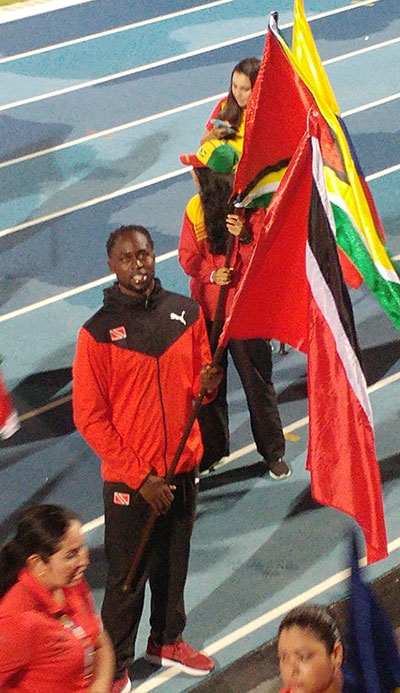I happen to be initially browsing but having caught my attention, I then perused thoroughly, the 2018 Oxford Business Group country report on Trinidad and Tobago. There were a number of perespectives, snap shots and overviews written. If one wanted to get a well researched and documented overview of the economic and business landscape within the twin Island Republic.
The Oxford Business Group report provided a comparative analysis of what is and what isn't. It was an interesting and informative read.
 Trinidad and Tobago has one of the largest economies in the English-speaking Caribbean and our energy sector is responsible for approximately one-third of economic out. Issues such as a widening fiscal deficit, inefficient public spending and tax collection as well as excess employment in the public sector were issues highlighted.
Trinidad and Tobago has one of the largest economies in the English-speaking Caribbean and our energy sector is responsible for approximately one-third of economic out. Issues such as a widening fiscal deficit, inefficient public spending and tax collection as well as excess employment in the public sector were issues highlighted.
The preceding issues are out lined in the Oxford Business Group report.
What struck me as I perused the various topics, views and opinions is the disconnect between reality and wishful thinking. If one focused on the sport sector in Trinidad and Tobago and asked the sport leaders and sport management decision-makers when you put together your organisation's plans what information and data do you use?
How do national sport organisations arrive at targets and objectives? As an example, according to the United Nation the population of Trinidad and Tobago in 2018 stood at 1.37 million. Owing to its small size Trinidad and Tobago is considered relatively densely populated with 267 people per square kilometre. The population growth rate stood at 0.3% in 2017. The low replacement rate has contributed to a gradually ageing population. What is the implication of this ageing population for the growth of sport participation? Is the implication negative or positive?
The Oxford Business Group report asserts that owing to the legacy of colonialism, slavery and indentured servitude, the country is very diverse in its demographic make up. How important is this demographic information in shaping sport policy and strategy?
Youth unemployment has risen from 7.9% in 2013 to 11.4% according to the experts this rise if not addressed can present development challenges. What impact will the rise in youth unemployment have on sport in Trinidad and Tobago?
What are the potential challenges and opportunities for sport as the global economy enters the Fourth Industrial Revolution? Or is this an unimportant issue for national sport organisations?
Are there consequences for ignoring the reality of the fourth Industrial revolution?
The report mentions sport in a significant way in respect to Sport Tourism. It posited that Trinidad and Tobago has a competitive advantage in the lucrative niche market that is sport tourism.
However, a note of caution is articulated and the point made that its essential that all components of the sports tourism value chain most work effectively for Trinidad and Tobago to benefit from the potential advantages.
What are national sport organisations doing to capitalise on the opportunities?
Are national sport organisations doing the required homework and research?
Or are we all simply focusing on the same ole and expecting that things will change for the better on its own.
There is a lot of information in the 2018 Oxford Business Group report that is relevant and that can inform the strategic planning considerations of national sport organisations.
Brian Lewis
The views expressed are not necessarily those of the TTOC and TTCGA.

